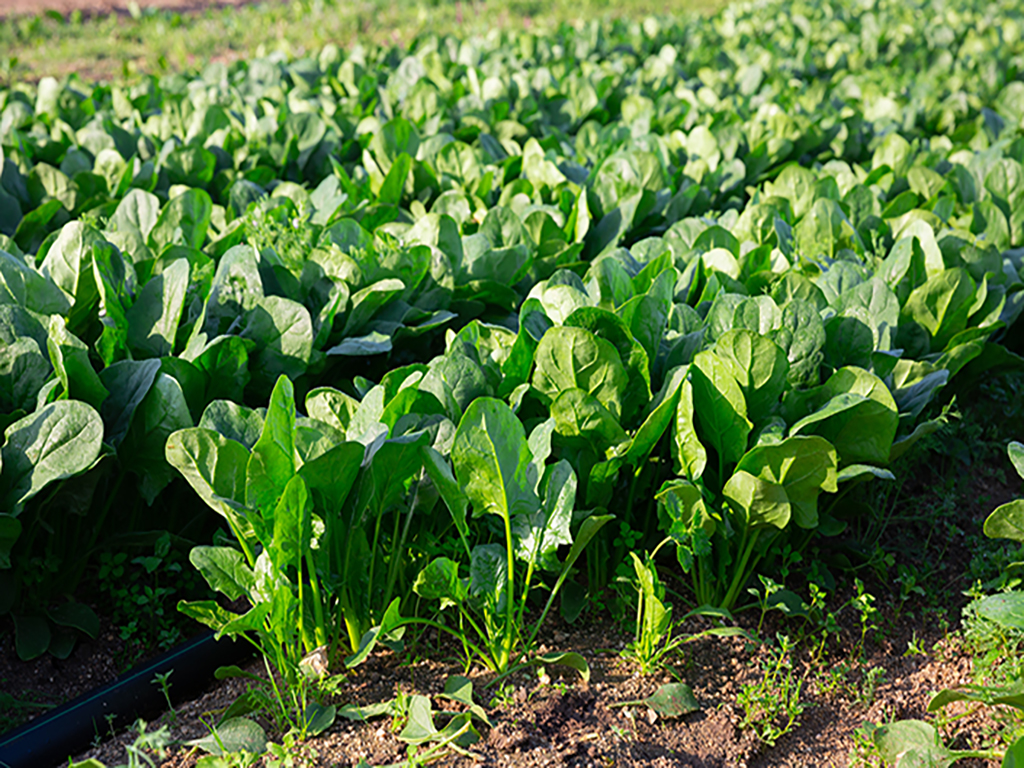Breeding disease-resistant spinach to improve crop performance

BearFotos/shutterstock.com
Hailed as a nutritional powerhouse for its high content of vitamins, minerals and antioxidants, spinach has remained one of the most popular vegetables in the U.S. for decades. Unfortunately, some pathogens are just as eager to feast on spinach as the rest of us.
To combat damage from these pesky pathogens, Texas A&M AgriLife Research has advanced to the next stage of a four-year, multi-institution research project that seeks to breed spinach varieties resistant to the most common diseases by using molecular breeding techniques.
AgriLife Research received around $1.2 million from a $3.57 million U.S. Department of Agriculture National Institute of Food and Agriculture Specialty Crop Research Initiative grant. Texas efforts will be led by principal investigator Dr. Carlos Avila, College of Agriculture and Life Sciences.
Many growers manage infestation by using fungicides, but Avila said the most effective, long-term solution to prevent these diseases is to develop resistant varieties that require little to no pesticides. This is especially important as market demand shifts toward more organic production.
In the previous project, which ran from 2017 to 2021, researchers identified resistant germplasms and molecular markers associated with resistance to the three most common spinach diseases: downy mildew, white rust and Fusarium wilt.
Over the next few years, researchers hope to validate these markers, select those that are most effective and use them in the breeding process to develop disease-resistant cultivars. In response to feedback from producers, this project will expand to include two additional diseases, Stemphylium wilt and anthracnose.
By validating these markers, Avila said scientists will be able to develop spinach breeding lines that carry resistance traits adapted to U.S. production, ultimately reducing the need for pesticide applications and increasing spinach crop performance.
In the short term, as producers continue to manage the diseases, the researchers will develop an outreach program with economic decision-making tools and information dedicated to spinach disease mitigation.

